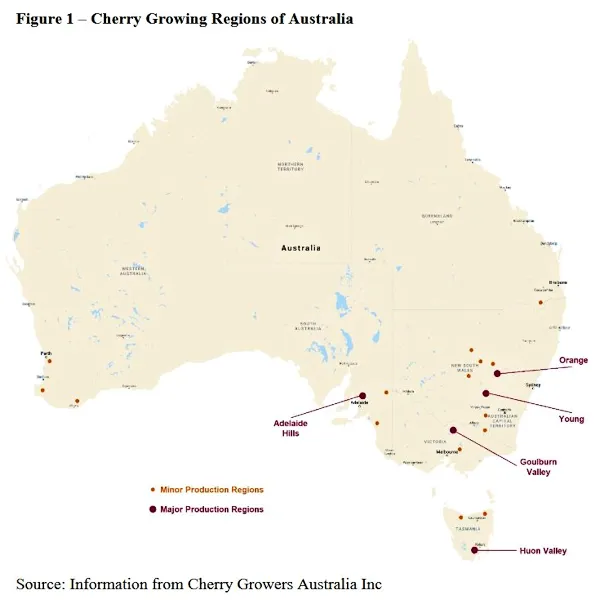Australian stone fruit production is expected to rise in the 2020/2021 sales season. That's after a 2019/2020 season characterized by challenging conditions. Cherry production should increase by 14%. And that of peaches and nectarines by four percent.

The coronavirus pandemic disrupted Australia's internal air freight transport. This will have a considerable impact on 2020/2021's stone exports. The federal government has established the IFAM (International Freight Assistance Mechanism) program. It should help exporters secure air cargo and support shipping costs. But, for exporters, freight costs will still be double to pre-coronavirus outbreak levels. That's even with the government's support. That means high-value exports like cherries are expected be less affected than lower-value fruits. These include peaches and nectarines.
Peach and nectarine exports are expected to decrease by 17% this year. That's mainly because of the lower peach exporters. Most of these fruits are transported by air. Australian cherry exports should increase by 12%. That's due to higher yields that are expected, as well as the product's high value. The combination of higher expected returns and logistical issues will probably lead to an increase in the local consumption of stone fruit in 2020/2021.
